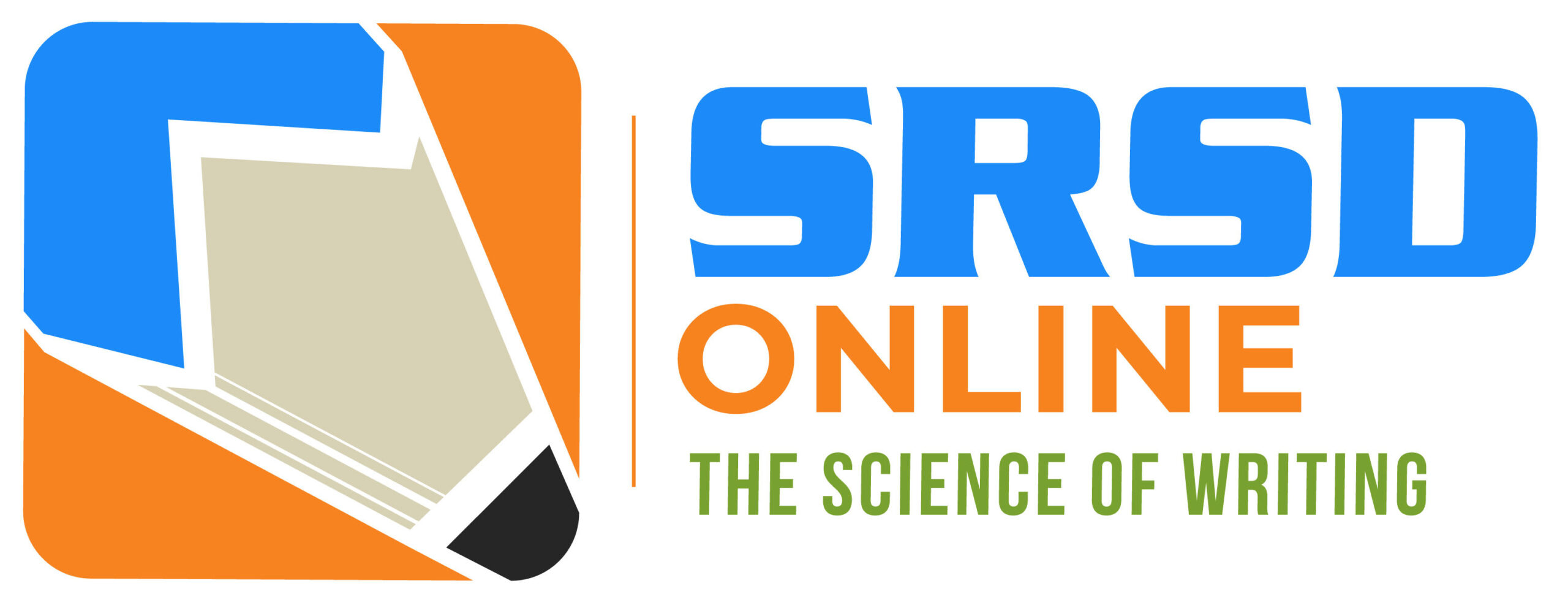FOR IMMEDIATE RELEASE
September 4, 2018
Contact: Tamar Russell Brown — 978.425.6290
Self-Regulated = Self-Taught—Inventors of Revolutionary SRSD System Launch Website to Teach Teachers about “Writing to Learn”
Most of us were “taught” to write in school under somewhat primitive conditions. It was often a kind of sink-or-swim proposition. We tried very hard to give the teacher what we thought he or she wanted, but we didn’t grow very much in the basic skill of clearly expressing what we ourselves thought. Arizona State University (ASU) Researchers Karen R. Harris and Steven Graham have done remarkable work in turning that state of affairs around. Now ASU has launched an online Professional Development course — Writing to Learn with the SRSD Method. The course brings the fruits of 35 years of research and development to everyone.
What is SRSD?
Self-Regulated Strategy Development (SRSD) is, according to Harris & Graham, “both a set of student strategies and a method for delivering instruction for teachers that develops student ownership and confidence and allows them to take responsibility for their own learning.” They have helped revolutionize the teaching of writing, giving their students a method that allows them — encourages them! — to experiment, to take risks, and to gain confidence as writers. This is very different from the methods of traditional instruction, and students are now reaping the benefits of the new way.
“Do they even know where to start?” asks SRSDOnline’s Dr. Sandra Jones, referring to students still laboring under the old system. Students often need structural boundaries that paradoxically lead to a greater feeling of freedom and willingness to experiment. Instead of handing in “perfect” work the first time around, they learn “to see writing as a process” that begins, of course, with a first draft that is anything but perfect — and doesn’t need to be.
Dr. Jones describes SRSD as “a collaborative process — they grade their own work.” Each student reads his or her fellow students’ work. In this way, students know at the start of the process who their audience is. It’s their fellow students. Knowing this gives them a goal — not the dry, boring goal of rattling off facts, but the goal of reaching a real, live person. It puts the onus on the writer to accomplish something much more interesting than just regurgitating learned knowledge. They are reaching out to friends who are their own age. Their fellow students become, in a sense, their colleagues.
Two Stories
Two researchers have had great success with an approach to instruction that opens many more doors than traditional teaching. Harris & Graham (along with associate Tanya Schmidt) understood this more than 20 years ago. Writing in 1997, they found that students “view[ed] writing as a task of telling what one knows — as remembering or knowledge telling.” Not surprisingly, youngsters found this tedious, dull and uninspiring. It showed in the writing they handed in. But the team examined the fears and frustrations that special needs students (and later on ordinary students) confronted in trying to write. The “self-doubts” students had going into the task often led to “learned helplessness,” where the feeling of not knowing what to do or where to begin or what goal to accomplish left them feeling crushed and negative toward writing. This is the problem that SRSD was developed to solve.
Results are Incredible
Results are overwhelming. By one measure, what researchers call “effect size,” SRSD has achieved levels of 1.5 — where 1.0 is 100 percent improvement! Harris & Graham have been doing research in this field for 35 years, arriving at many of their findings in the field — or rather, in the classroom — rather than in a methodological laboratory. Their work began with special needs students, but the success there was so exceptional that now many of their techniques are being adopted in teaching at almost all grade levels and for all sorts of students. The two scholars are at the heart of a global network of educators and researchers in 20 countries and of course in many different languages and across many disciplines.
The whole idea of “writing to learn” is to turn the chore of “learning to write” upside down. Harris & Graham have found that if their students “take responsibility” for their writing, they will improve dramatically in the skill. If they write in order to express their own thoughts rather than to impress their teachers… if they try to make themselves understood using whatever words they find sufficient to that purpose, rather than pretending to understand words they have come across in a text but don’t really comprehend… if they begin to take pride in their own private insights and feelings about the world and simply state them in words they themselves understand…if they work at their own rate and, in a sense, by their own rules… and if they then “self-regulate” their work… then such students will often make faster progress in writing than they ever thought possible.
Readers can go to https://WritingtoLearn.org for more information on SRSD and its benefits for very specific groups of students but also for General Education. See also https://courses.cpe.asu.edu for more on Professional Development at Arizona State University.


